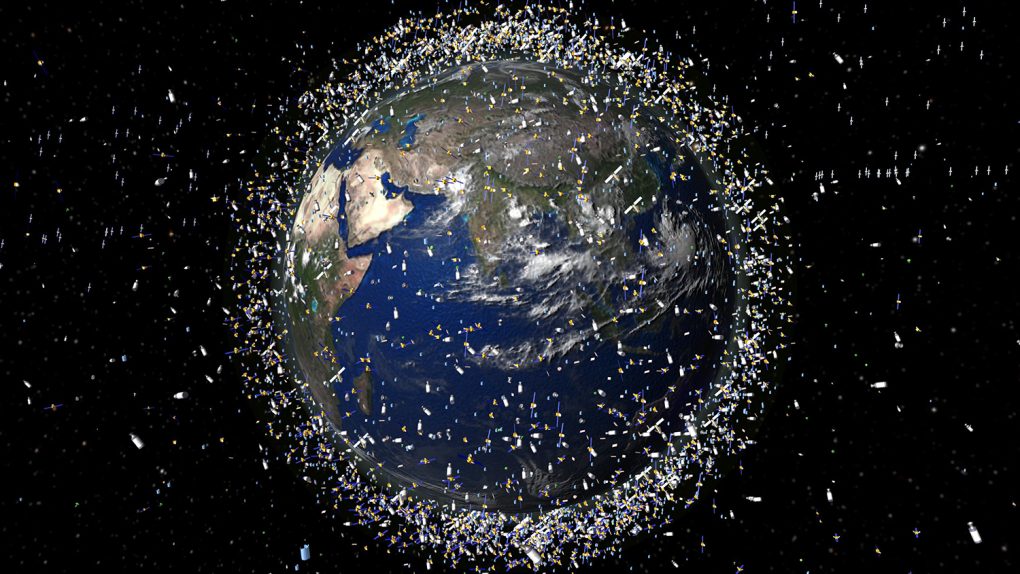NASA likes to launch things into space. SpaceX has many satellites orbiting Earth. You’d think that, since the two entities are so closely tied together with contracts and agreements, they’d have thought to share the locations of their various spacecraft with one another to avoid possible problems. Apparently, that hadn’t happened yet, and the pair only recently shook hands on a Joint Spaceflight Safety Agreement that will allow NASA to map out the location of SpaceX’s Starlink satellite horde in order to avoid any collisions with NASA spacecraft. The agreement was announced in a new post by NASA.
The agreement will gain added importance as SpaceX continues to bolster its network of Starlink communications satellites. With hundreds of satellites already in orbit, SpaceX plans to build that number into the tens of thousands, providing high-speed data service all over the globe. That’s a whole bunch of hardware floating around Earth, and that means the potential for catastrophic crashes.
NASA’s statement read, in part:
This agreement enables a deeper level of coordination, cooperation, and data sharing, and defines the arrangement, responsibilities, and procedures for flight safety coordination. The focus of the agreement is on conjunction avoidance and launch collision avoidance between NASA spacecraft and the large constellation of SpaceX Starlink satellites, as well as related rideshare missions. A conjunction is defined as a close approach between two objects in space, usually at very high speed.
Yeah, that sounds pretty important.
Whenever NASA finally is able to send astronauts back to the lunar surface, it’s going to want to make sure the skies are clear for the trip, and that’s going to mean traveling through the blanket of satellites orbiting our planet. Depending on how many satellites SpaceX has in space by that point — it could be several thousand — the chances of a collision would still be very small due to their size, but with this new agreement penned between the company and NASA, SpaceX will ensure that its satellites move well out of the way whenever the space agency is launching a new mission.
SpaceX has agreed its Starlink satellites will autonomously or manually maneuver to ensure the missions of NASA science satellites and other assets can operate uninterrupted from a collision avoidance perspective. Unless otherwise informed by SpaceX, NASA has agreed to not maneuver its assets in the event of a potential conjunction to ensure the parties do not inadvertently maneuver into one another.
It’s pretty wild that we’ve finally gotten to the point where the risk of satellites and other spacecraft crashing into each other is high enough that an agreement to share positioning data is science news, but here we are. It was eventually going to happen one way or another, so it’s good to see that measures are being taken to ensure the increasingly crowded area around Earth won’t be home to constant collisions.








